PromptLayer
PromptLayer is a comprehensive platform for managing prompts in large language model applications. It provides visual tools for editing, versioning, and deploying prompts directly from a central dashboard. Users access the Prompt Registry to store templates, add comments, and compare versions side by side. This setup supports A/B testing to measure performance differences across prompt variants. Integration occurs through Python and JavaScript libraries that log requests with low overhead.
The evaluation system tests prompts against historical data or custom batches. It includes options for regression testing that trigger automatically on updates. Human and AI graders assess outputs for quality, while model comparison features evaluate performance across providers like OpenAI and Anthropic. Bulk jobs handle one-off runs on large datasets. Observability tracks usage metrics such as cost, latency, and trends by feature or model. Logs allow quick searches for specific sessions or errors.
Collaboration extends to nontechnical users through no code interfaces. Product and content teams edit prompts without engineering support. Deployment decouples from code releases, enabling independent iterations. Case studies show Gorgias automating support at scale with daily prompt reviews. ParentLab achieved 700 revisions in six months using domain experts alone. Ellipsis reduced agent debugging from hours to clicks via log filtering.
PromptLayer competes with LangSmith in developer focused tracing but excels in visual collaboration at comparable user based pricing. Helicone offers stronger cost alerts yet misses the prompt CMS depth. Users appreciate the seamless handoffs that speed workflows. Some note initial setup requires familiarization with graders. A surprise emerges in latency visualizations that pinpoint bottlenecks tied to prompt complexity.
Technical implementation uses REST APIs for custom workflows. Prompts remain model agnostic, adapting templates across LLMs without rework. Monitoring avoids external tools by consolidating stats in one view. For integration, install the wrapper via pip, add a return id flag to calls, and view logs instantly.
Begin by selecting a single prompt for versioning in the registry. Run an evaluation against sample inputs, adjust based on scores, and monitor a live deployment. This approach builds familiarity and uncovers immediate improvements in output consistency.
Video Overview ▶️
What are the key features? ⭐
- Prompt Registry: Central repository for visually storing, versioning, and diffing prompts to track changes and rollbacks easily.
- Evaluation Engine: Automated testing tool that runs regressions, compares models, and scores outputs using human or AI graders.
- Observability Logs: Real time tracking of LLM requests with filters for latency, cost, and user sessions to debug issues quickly.
- A/B Testing: Feature for gradual prompt rollouts that measures metrics like accuracy and speed across variants in production.
- No Code Editor: Dashboard based interface allowing nontechnical users to edit and deploy prompts without coding.
Who is it for? 🤔
Examples of what you can use it for 💭
- AI Engineer: Integrates PromptLayer to log requests and run model comparisons, ensuring prompts perform consistently across deployments.
- Product Manager: Edits prompts visually in the registry to test user flows, collaborating with teams on iterations without code access.
- Content Specialist: Versions marketing prompts for A/B tests, monitoring latency to optimize engagement in customer facing AI tools.
- Support Lead: Uses evaluations on historical tickets to refine response prompts, scaling automation while spotting edge cases fast.
- Data Scientist: Schedules regression tests on datasets to validate prompt updates, comparing outputs before production rollout.
Pros & Cons ⚖️
- Visual editing speeds tweaks
- Quick eval setups
- Model agnostic templates
- Grader config fiddly
- Basic free tier limits
FAQs 💬
Related tools ↙️
-
 Call Annie
Your always-available super-intelligent AI friend accessible from a mobile app
Call Annie
Your always-available super-intelligent AI friend accessible from a mobile app
-
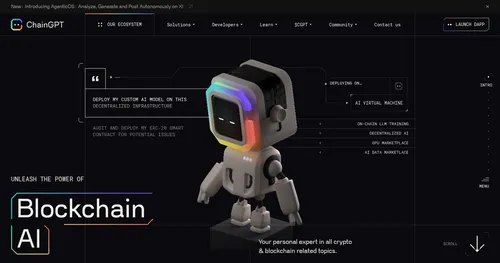 ChainGPT
An advanced AI model designed for Blockchain & Crypto, offering no-code programming
ChainGPT
An advanced AI model designed for Blockchain & Crypto, offering no-code programming
-
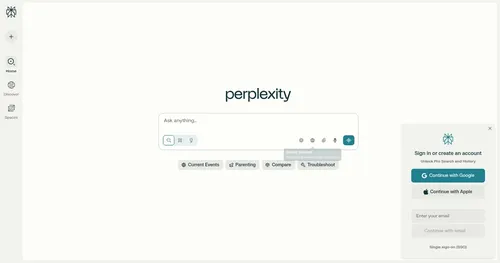 Perplexity
An AI-driven interactive chat engine that provides detailed answers to a broad spectrum of user questions.
Perplexity
An AI-driven interactive chat engine that provides detailed answers to a broad spectrum of user questions.
-
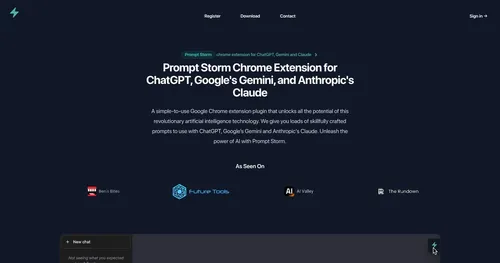 Prompt Storm
Google Chrome extension featuring skillfully crafted prompts to use with ChatGPT and Google's Bard
Prompt Storm
Google Chrome extension featuring skillfully crafted prompts to use with ChatGPT and Google's Bard
-
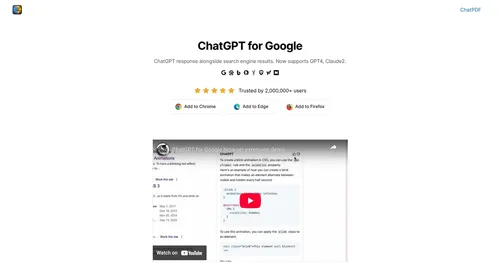 ChatGPT for Google
Browser extension that enhance search engines with the power of ChatGPT
ChatGPT for Google
Browser extension that enhance search engines with the power of ChatGPT
-
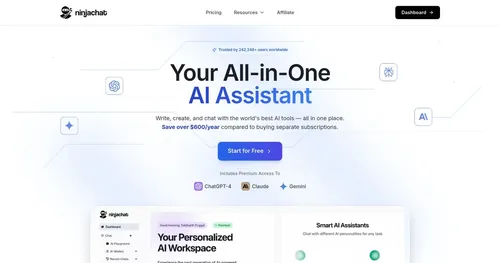 NinjaChat
Brings together multiple advanced AI models into a single, user-friendly interface
NinjaChat
Brings together multiple advanced AI models into a single, user-friendly interface

